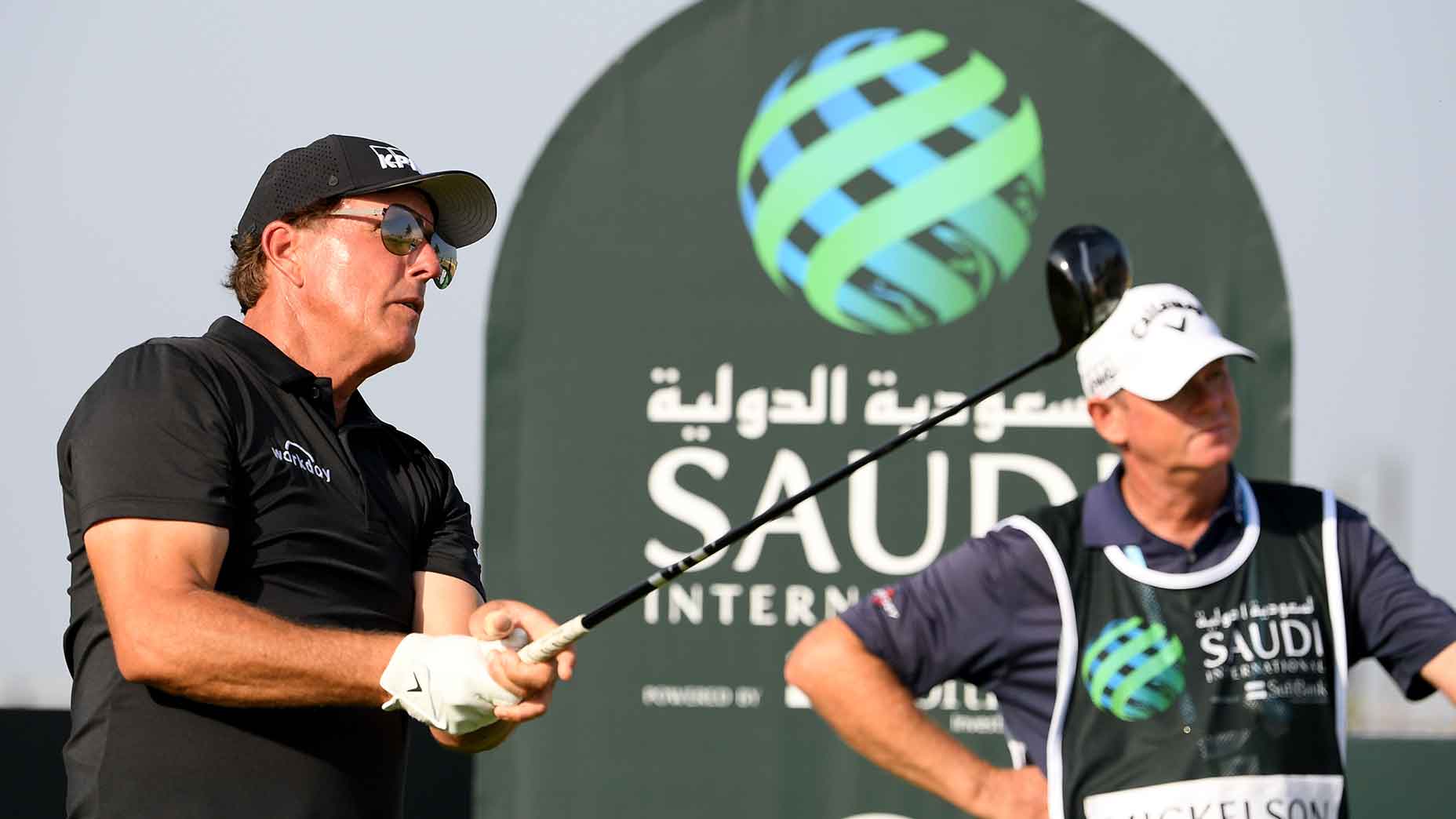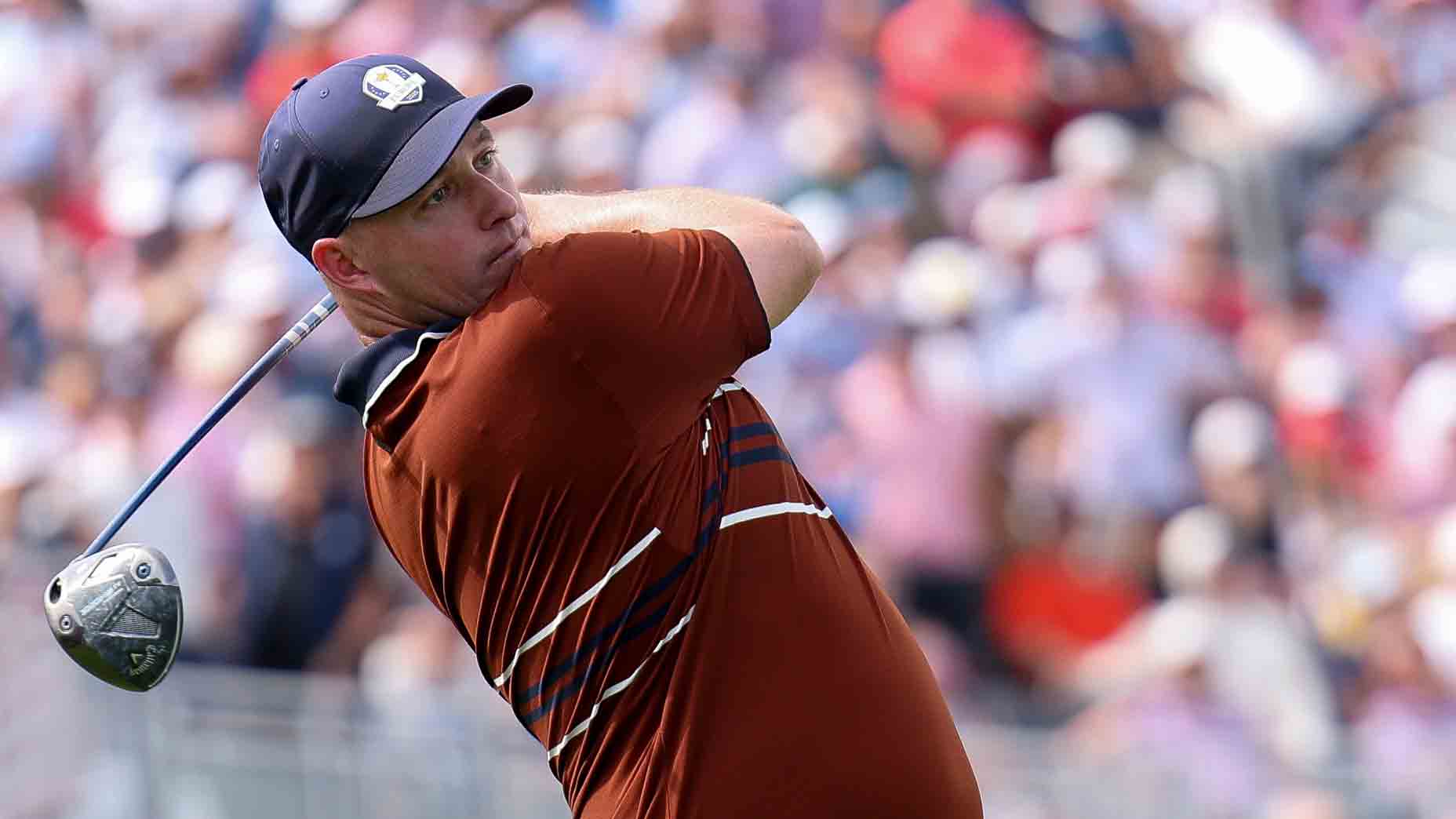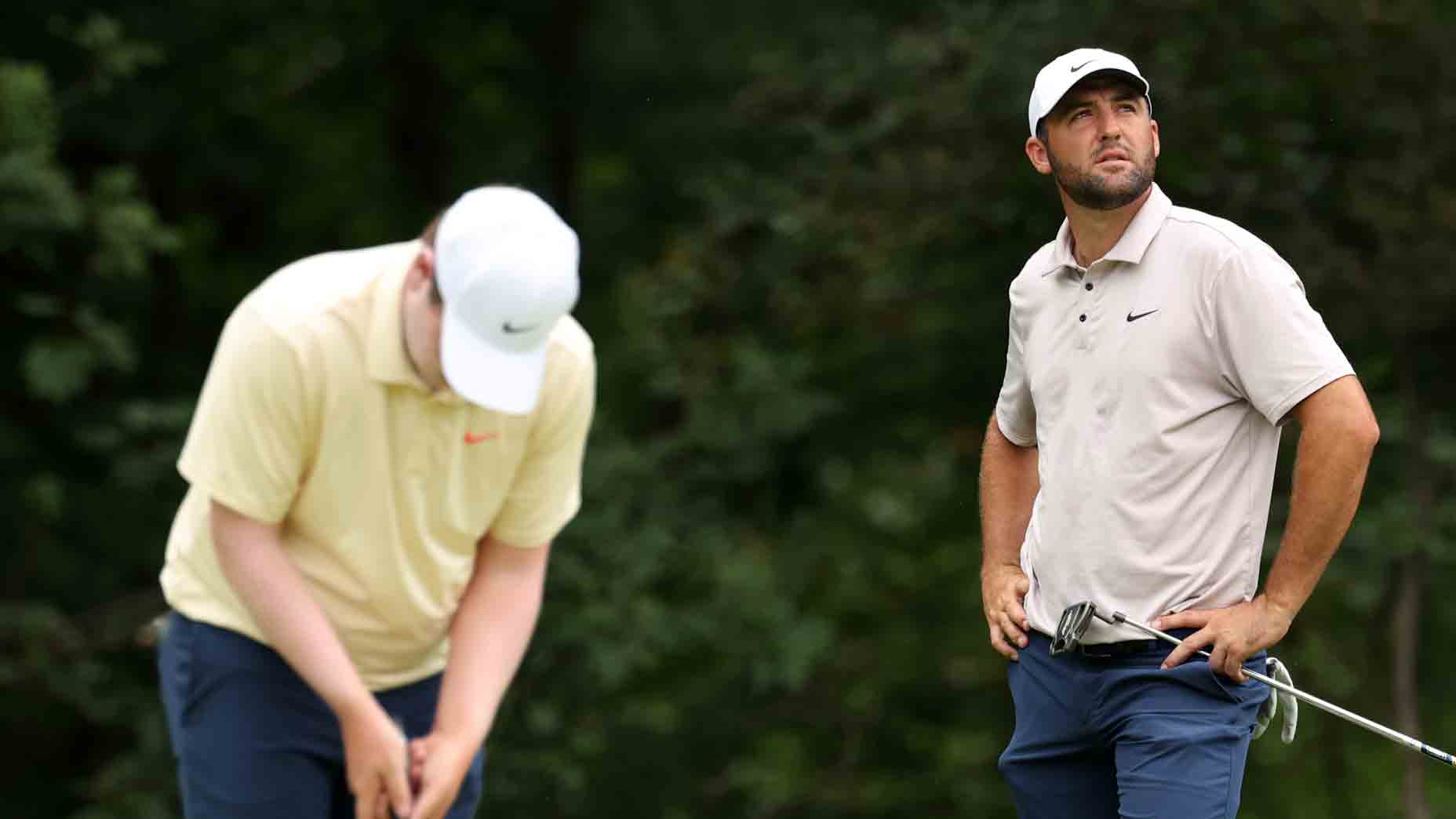It’s been a busy few days for the rules of golf — even by the doctrine’s typically bustling standards. In the last five days, two separate controversies have ignited the golf world, and at the center of those controversies are — you guessed it — the rules of golf.
Over the weekend, Patrick Reed sparked a squabble of epic proportions for his interpretation of rules 16.3 and 16.4 involving relief from embedded balls. After the PGA Tour ruled Reed acted properly under the rules, the controversy spread even further when a handful of pros criticized the former Masters champ’s behavior.
Then, on Tuesday, the rules struck again. The USGA and R&A released their highly anticipated update to the Distance Insights Report, which included a series of proposed changes to equipment rules in order to limit the distance race.
On Wednesday, Phil Mickelson found himself talking to media for the first time since both events transpired after his practice round at the Saudi International. But Lefty wasn’t quite ready to extol the virtues of the distance race, nor offer a stifling rebuke of Reed’s actions. Golf’s bomber-in-chief said he has yet to see the proposed equipment changes, so he wasn’t prepared to comment.
But Phil was prepared to discuss several of the changes already implemented into the game — changes he says have served an important purpose: making golf more fun.
“I would say that the last changes they made, like being able to tap down spike marks, has made the game enjoyable,” Mickelson said. “Especially the later tee times in the afternoon where inside six, seven feet it can be very bumpy, especially on poa annua like we had last week at Torrey Pines or next week at Pebble Beach.”
Mickelson is referring to rule 13.1c, which was broadened in 2019 to allow golfers to repair any imperfections in the surface of the green. The previous rule, which only allowed golfers to fix ball marks and hole plugs, left players open to having putts impacted by spike marks and other unnatural impediments.
On less predictable green surfaces like poa annua, the old rule tended to give golfers fits. For Mickelson, the new rule has saved countless headaches.
The USGA and R&A just dropped a big distance announcement. What does it mean for golfers?By: Luke Kerr-Dineen
“It’s made the game much more enjoyable, and the discrepancy between early rounds and late rounds not nearly as big,” he said. “I like that change.”
As for when we might hear Phil discuss some of the proposed changes to halt the distance race — like limiting club length and altering equipment testing standards — he says hopefully soon.
“I’m not familiar with some of these recent equipment changes,” he said. “This is the first I’ve heard of it. I want to read about it and know [what] it is that they are proposing before I comment.”
In the meantime, the bombs will continue. For how long, however, is a question that could come down to equipment manufacturers and golf’s governing bodies.











